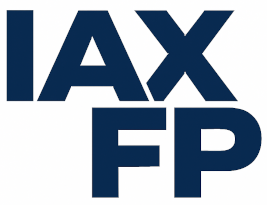It often reveals hard the matter, for a teacher, to keep up with the digital skills required to keep a classroom motivated, engaged and enthusiast when it comes to teaching languages. Teaching is a rapidly changing and innovating process. Using technology in language learning allows students to assume an active role and to communicate and cooperate with their classmates. Technological tools in support of language learning can be enacted for a variety of purposes, such as introducing a new subject or summing up an old one, personalizing lessons and assess, and challenging the students to create their own work in order to engage their creativity.
The new edition of the course “Teaching languages in the digital era: the best apps, web platforms and ICT solutions for learninglanguages” took place in Bologna from 05/02/2023 to 11/02/2023. The participants came from all across Europe, with Tove Elise, Tina Camilla, Sindre and Sigve from Borgund VGS in Norway, Gordon and Wendy from St. Benedict’s College in Malta, and participants coming from two different Spanish schools: Teresa from INS La Miquela, and Encarnacíon from the Instituto de Enseñanza Secundaria Alfonso X “El Sabio”.
During this course the participants learnt how to use a vast range of technological tools, as well as how to implement and integrate them into their teaching methods. These tools are useful not only for engagement and motivation but also to monitor progress for example in vocabulary learning, communication, and individual work.
Furthermore, this course allowed the participants to get engaged in a great number of practical activities and to experience these tools first-hand. For instance, they competed in a live quiz while learning how to create interactive language quizzes by using web application. Quiz flashcards may stand as a good example of ac activity that can aid increasing students’ vocabulary and spelling skills.
Amongst the tools discovered in this course there were web platforms dedicated to creating presentations about languages. They had the chance to create and practice presentations of their own work in a motivating environment, so that next time they can repeat the experience in their own classroom context.
In addition, the participants learnt about tools that allow the user to outline and recap the contents of the lesson, so as to prepare example of grammar presentations, pose questions, and monitor students’ attention in the classroom, especially during these times where distance learning eventually become very common. They also explored functional platforms that can employed to easily create worksheets and explainer videos.
Last but not least, participants discovered specific platforms, their usefulness in the learning of language, allowing teachers to add voice notes, questions, and voiceovers to create educational videos, and turn them into lessons. In particular, they took a look at how virtual whiteboards work, together with additional resources that proved to be very effective when it comes to teaching. Such tool can be implemented for a variety of purposes: the preparation of multimedia content, the introduction to a new subject, or a sum up of the old one, challenging the students to create their own work in order to engage their creativity. All in all, its function is to help acquiring language in context, thus improving the students’ knowledge of it.
Learning languages can be testing; however, by using the correct tools and through the incorporation of technology into the classroom, there is no doubt that this operation can increase motivation, attention, engagement and learning skills, while at the same time transforming a simple lesson into an immersive experience.







